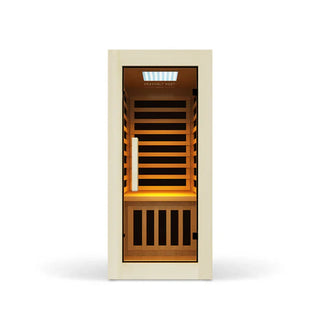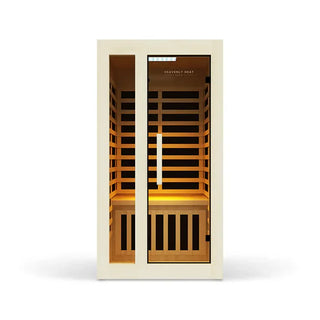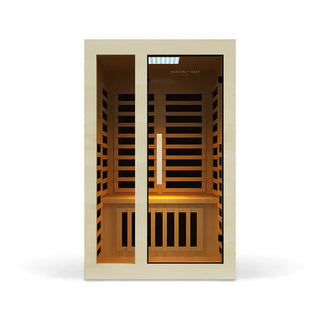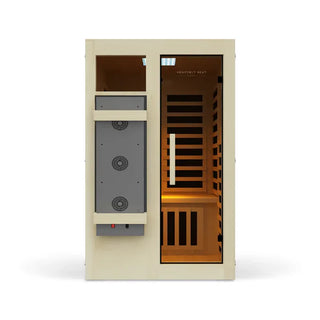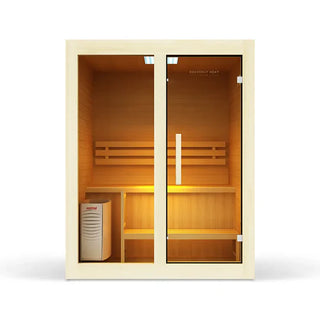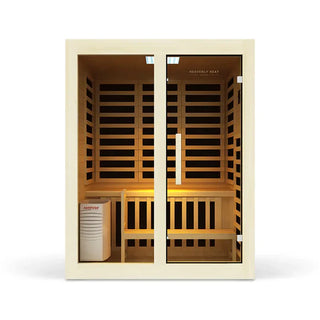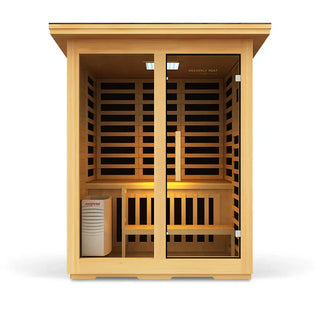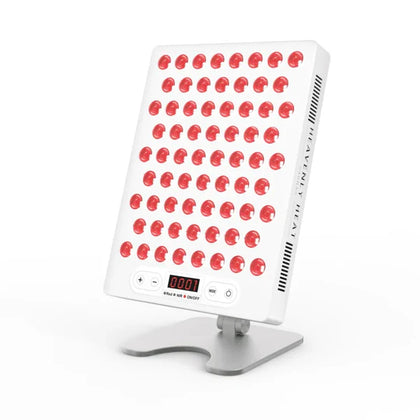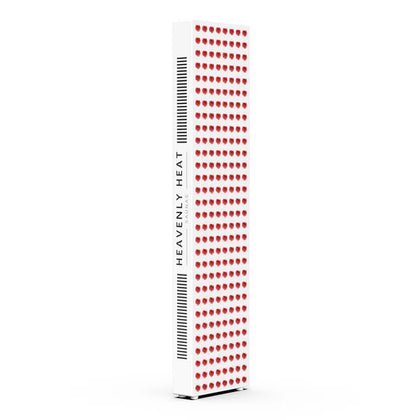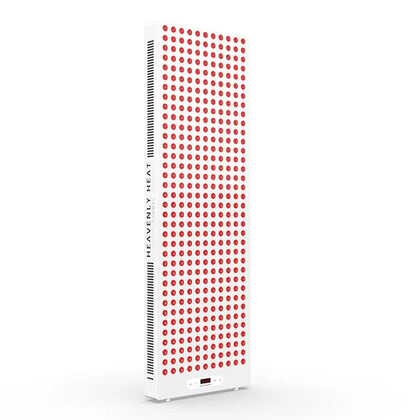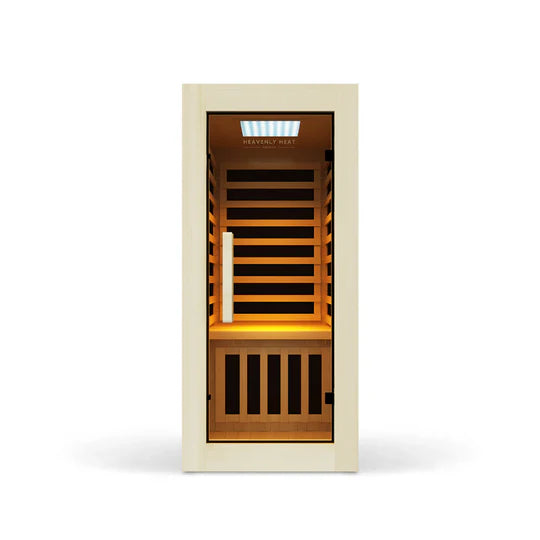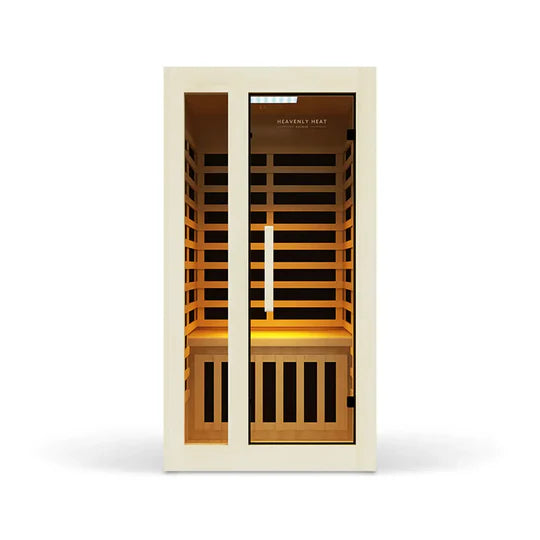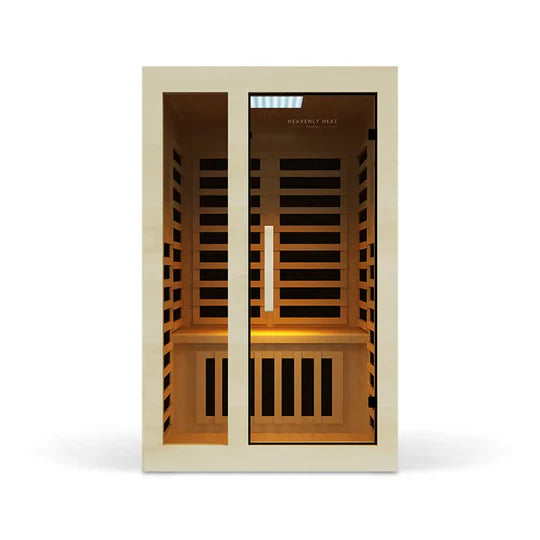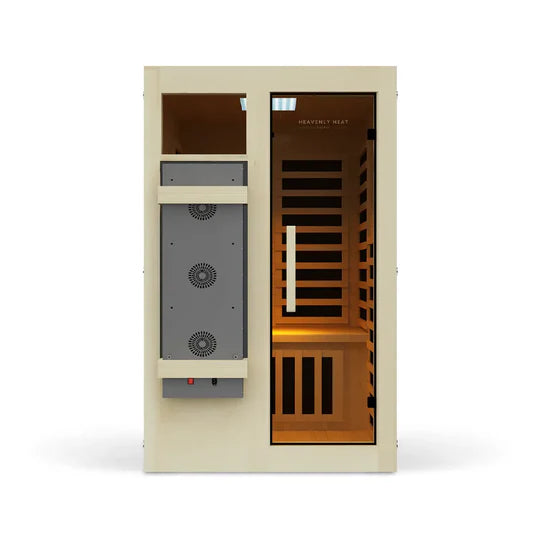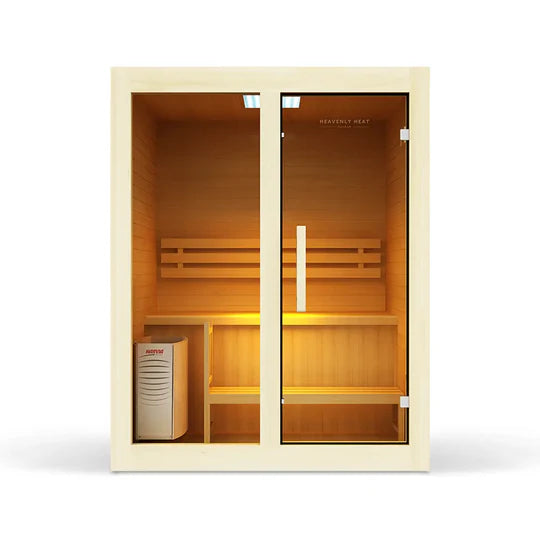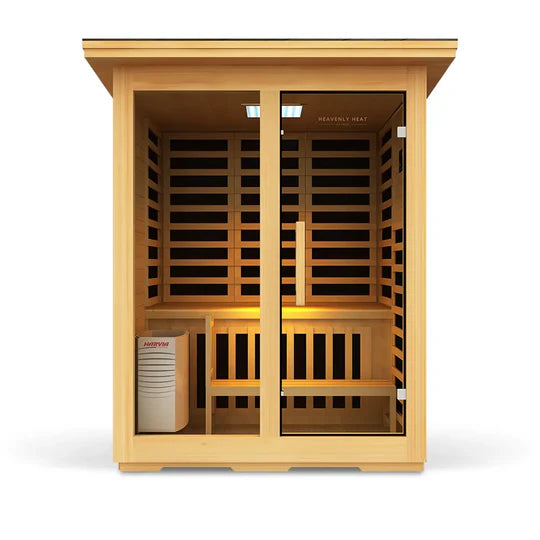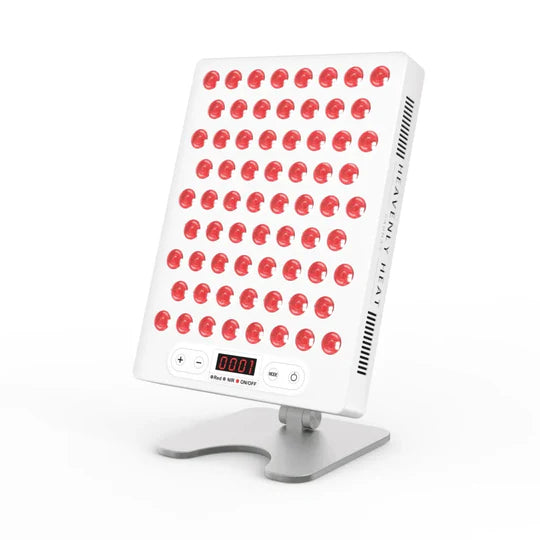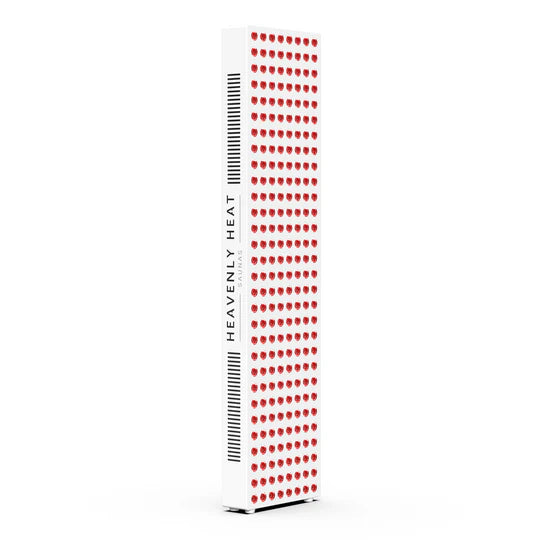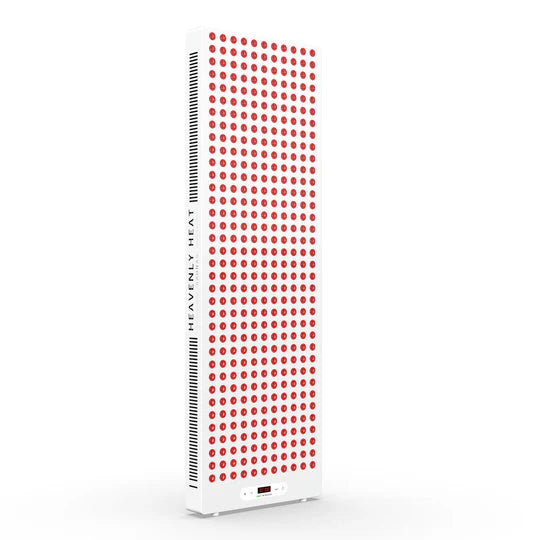Can Sauna Heat Kill Head Lice? Natural Treatment Methods
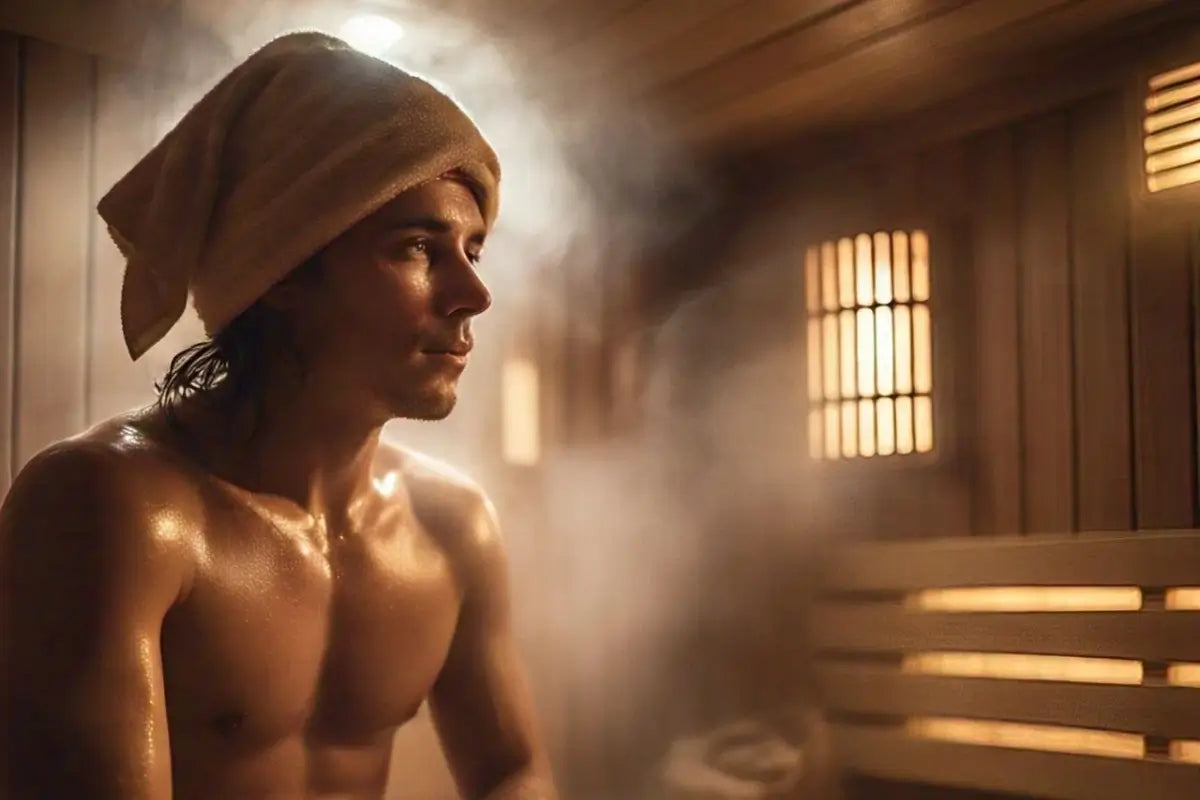
Table of contents
The relentless itching, the constant discomfort—head lice are more than just a nuisance.
These tiny parasites spread fast, making everyday life unbearable. Ignoring them?
That only leads to more irritation, infections, and frustration.
But here’s the good news: a sauna might be the ultimate natural solution.
Ready to sweat those lice away? Let’s dive in!

Key Takeaways
Sauna Heat Can Kill Lice: Temperatures above 130°F can eliminate adult lice, but nits require sustained exposure.
Dry Saunas Work Better: Lice thrive in humidity, making dry heat more effective than steam saunas.
Not a Standalone Treatment: Sauna sessions alone may not fully remove lice and eggs—combing and other treatments are needed.
Safety Considerations: Excessive heat can cause scalp dryness, burns, or dehydration, so use caution.
Alternative Natural Remedies Exist: Essential oils, vinegar rinses, and wet combing can complement sauna treatments.
Lice Prevention Requires More: Regular sauna use may help, but hygiene and behavioral changes are key to avoiding reinfestation.
How Does Heat Affect Head Lice and Their Eggs?
Heat as a Weapon Against Lice – Effective but depends on temperature and duration.
Lethal Temperature – Lice die at 128.3°F , while nits require at least 130°F for a few minutes.
Nits’ Resilience – Their protective shell makes them tougher to eliminate.
How Heat Works – High temperatures break down outer layers , leading to dehydration and death.
Sustained Exposure Needed – Instant death isn’t guaranteed; prolonged heat is necessary .
Saunas May Fall Short – While intense, they might not expose nits to heat long enough.
Full Elimination Requires Scalp Coverage – Heat must reach the scalp thoroughly to be effective.

Can Sauna Heat Effectively Kill Lice?
- Sauna heat needs to be very hot to kill lice: Sauna heat can kill lice, but only if it gets as hot as 130°F (54°C) and stays that way for at least 5 minutes. That’s the level needed to affect adult lice.
- Lice eggs don’t die as easily from heat: Even if the heat kills the adult lice, the eggs (called nits) are much harder to kill and often survive unless the heat exposure is longer or repeated.
- Dry saunas work better because lice don’t like dry heat: Lice survive better in moist, humid environments. That’s why dry saunas, with less humidity, are more effective at targeting them.
- Dry heat feels stronger and more focused on the lice problem: Dry sauna heat often feels sharper and more direct. Many people say it feels like it’s really hitting the problem head-on, especially for something stubborn like lice.
- Some lice or eggs can still survive after sauna use: Even with high heat, there’s always a chance some eggs or even lice might survive. That’s why relying only on sauna heat can lead to lice coming back.
- Experts say sauna is not a sure-shot lice solution: There isn’t strong scientific proof that saunas alone work for lice. Doctors usually recommend medicated shampoos or careful combing as the main way to get rid of them.
- Some people feel better after using sauna for lice: People I know have tried sauna sessions and say they feel some relief. It may not remove lice instantly, but it helps reduce the itch and makes things feel more manageable.
- Sauna heat can help, but don’t depend on it alone: While sauna heat might give some relief, it shouldn’t be your only method. It’s best used along with proper treatments to make sure the lice are completely gone.
Sauna Heat vs. Chemical Lice Treatments
Effectiveness
- Sauna heat works, but only if it gets hot enough for long enough: Sauna sessions can kill lice, but only if the heat stays above 130°F (54°C) for a sustained time. Without that, the lice might survive.
- Chemical treatments are made to kill lice quickly and effectively: Chemical lice products are designed for fast action, often killing lice and their eggs in just minutes.
- Some lice treatments work by shutting down the lice’s nervous system: Insecticide-based treatments directly target how lice function, making them stop working from the inside.
- Other treatments block how lice breathe and slowly suffocate them: Instead of poison, some products kill lice by sealing their airways and suffocating them without using chemicals.
- Lice eggs are tough and don’t die as easily as adult lice: Even if adult lice are gone, their eggs (nits) often survive. This makes it harder to fully get rid of them in one go.
- Sauna heat can kill lice, but usually misses some of the eggs: While heat can help kill adult lice, it may not destroy all the eggs in a single session, which reduces how effective it really is.
- Experts are comparing which lice treatments work best overall: A Cochrane Review is looking at chemical, herbal, and heat-based lice treatments to see which ones are most effective.
- They’re also checking which methods are safest and easiest to handle: Alongside effectiveness, the review also checks if the treatments are safe and comfortable for people to use.
Application Method
- Sauna works by heating up your whole body including the scalp: A sauna raises your body temperature, including your scalp, which can help kill lice. But for this to work, the heat needs to be strong and last long enough, without being so hot that it burns your skin.
- Chemical lice treatments are directly applied on hair and scalp: These treatments go straight onto your scalp and hair. Some types work better on dry hair, while others need the hair to be slightly wet.
- A lice comb is usually needed after using chemical products: After applying chemical treatments, most instructions say to use a lice comb. This helps remove any dead lice and their eggs (nits) stuck to the hair.
- Following safety steps is important no matter which method you choose: Whether you use heat from a sauna or a chemical product, it’s important to follow safety rules. This helps protect your scalp and makes sure the method works well.
Time Required
Sauna treatments require prolonged exposure to high temperatures, usually 20-30 minutes, to impact lice.
However, this may not be enough to kill nits completely. Chemical treatments work within 10 to 15 minutes in most cases, though some require a second application a week later to target newly hatched lice.
Since nits are more resilient, follow-up with a lice comb or additional treatments is crucial for complete eradication.
Safety
- Using too much heat in a sauna can harm your scalp: Using a sauna to kill lice is generally safe, but too much heat can lead to scalp burns, dehydration, or discomfort if not used carefully.
- People with health issues should think twice before using heat: Those with sensitive skin or medical conditions need to be more cautious with sauna treatments, as the heat might not be safe for them.
- Chemical lice products can hurt your skin too: Chemical treatments may seem quick, but they can cause allergic reactions, itching, or skin irritation due to the strong ingredients inside.
- Natural sauna methods need more time to fully work: While saunas don’t use harsh chemicals, they usually need multiple sessions to completely get rid of lice, which means more effort and time.
- Getting advice from a doctor makes everything safer: Talking to a professional helps you choose the safest and most effective way to treat lice based on your personal health needs.
Side Effects
Chemical lice treatments can lead to itching, redness, and dryness of the scalp. Some products contain strong ingredients that may cause irritation, especially for children or those with sensitive skin.
Sauna heat, while natural, can dry out the scalp and hair if used excessively. Prolonged exposure to high temperatures can also cause dizziness or dehydration. To prevent scalp damage, hydrating the skin and hair after treatment is essential.
Resistance Issues
- Lice don’t die because we overused the same chemicals: Lice have developed resistance to many over-the-counter chemical treatments due to frequent and improper use. This has made many of these products less effective or even useless.
- Even stronger chemical medicines can stop working over time: Prescription treatments are usually more powerful, but lice can still build resistance to them with repeated use.
- Heat works because lice can’t fight against high temperatures: Heat treatments give an advantage since lice can’t become resistant to temperature like they do with chemicals. But for it to work, the heat must be applied evenly and carefully.
- Removing lice by hand along with heat gives better results: When heat is combined with manual removal (like using a lice comb), it improves the chance of fully getting rid of lice, especially in resistant cases.
- A study in Iran shows lice are surviving chemical attacks: A study of over a thousand girls in Iran found that lice exposed to permethrin (a common lice treatment) were living longer than expected, clear proof of resistance.
- Scientists found the lice’s nerves are changing to fight treatments: Genetic tests showed that the lice had mutations in their nervous systems, which explains why the chemical wasn’t killing them as it used to.
- Usual chemical combos are no longer doing the job: Even adding piperonyl butoxide (a booster used with treatments) didn’t help, confirming the lice are adapting and becoming tougher to kill with chemicals alone.
- New ways to kill lice are badly needed now: Because resistant lice are becoming more common, we urgently need new treatment methods that don’t rely only on traditional chemicals.
Natural vs. Synthetic
- Natural oils take longer but avoid harsh chemicals: Natural lice treatments often use essential oils like tea tree or neem, which claim to suffocate lice without using strong chemicals. While they are gentler on the skin, they usually need to be applied several times to get full results.
- Chemical treatments work quickly but may contain pesticides: Synthetic lice products tend to act fast and are often effective in just one use. However, many contain pesticides, which some people may want to avoid, especially for kids or those with sensitive skin.
- Sauna heat is natural but needs to be used more than once: Using sauna-like heat is a chemical-free option. But to fully work, it has to be used carefully and repeatedly, since it may not kill all the lice eggs (nits) in one go.
- For children, natural or heat methods are safer but slower: When it comes to kids, natural oils or heat are usually the safer choice. Still, they take more time, more effort, and more patience to fully clear lice.
Cost
- Having a sauna at home makes the treatment cheaper: If you already have a sauna, using it for lice treatment won’t cost you much, but you might need to use it several times.
- Paying for professional heat treatment can get expensive: Getting lice removed at a clinic using heat can be effective, but the sessions usually cost more than regular store-bought treatments.
- Prescription treatments can cost a lot if used more than once: Doctor-prescribed lice treatments often have a high price, especially if you need to use them multiple times.
- Buying chemical treatments again and again increases the total cost: Over-the-counter chemical lice treatments are easy to buy, but using them repeatedly ends up costing more than expected.
- The best option for your money depends on how bad the lice problem is: Which method costs less in the long run depends on how serious the lice problem is and how many treatments you’ll need.
Infrared vs. Traditional Saunas for Lice Treatment

Heat Effectiveness in Killing Lice
- High heat kills lice in just a few minutes: Lice and their younger forms (nymphs) cannot survive when exposed to temperatures above 130°F (54°C). Just a short burst of heat at this level is enough to kill them.
- Lice eggs are tougher and need more heat for longer: Unlike adult lice, nits (lice eggs) are more resistant and need to be exposed to high temperatures for a longer time to be destroyed completely.
- Traditional saunas get hot enough to kill both lice and eggs: Traditional saunas typically reach temperatures between 150°F and 195°F (65°C to 90°C), which is more than enough to kill lice and possibly their eggs if exposure is long enough.
- Infrared saunas heat the body from inside: Infrared saunas work differently by heating the body from within, even though the air temperature is lower, usually between 120°F and 150°F.
- Infrared heat might not be strong enough for instant results on lice eggs: Although infrared saunas raise the body’s core temperature, the heat might not be intense or direct enough to kill lice eggs immediately.
Temperature Levels and Their Impact on Lice
- Lice can start dying when the temperature crosses 130°F: Lice begin to die at around 130°F, but just reaching this temperature isn’t enough. The lice must be exposed to it for a sustained period to fully eliminate them.
- 140°F kills adult lice quickly but not all eggs: When the temperature hits 140°F, adult lice die within minutes. However, their eggs (nits) are harder to destroy and may still survive unless heat is maintained for longer.
- Traditional saunas heat the whole scalp effectively: Traditional saunas generate high, consistent heat that surrounds the body and scalp, making them more reliable for killing lice and even reducing the chance of nits surviving.
- Infrared saunas warm the body but may miss the scalp: Infrared saunas work by heating your body from the inside out. While this feels warm, it might not raise the scalp’s outer surface to the level needed to kill lice quickly.
- Using infrared saunas might take more sessions to work: Because infrared heat doesn’t always reach the lice-killing level on the scalp, you may need to use them repeatedly to see the same effect a traditional sauna can give in one session.
Moisture and Humidity Differences
- Traditional saunas fill the air with a lot of moisture: Traditional saunas produce steam, which makes the air humid and heavy with moisture.
- Humid air gives lice a better chance to survive: Since lice do well in wet and steamy conditions, the moist air in traditional saunas doesn’t help much in drying them out.
- Too much moisture makes it harder to kill lice eggs: Research shows that high humidity protects lice eggs, making it more difficult to get rid of them with heat alone.
- Infrared saunas use dry heat that works better on lice: Infrared saunas don’t create steam. Instead, they use dry heat, which helps to dry out lice and their eggs more effectively.

Comfort and Safety for the User
- Traditional saunas can make people feel too hot and dizzy: Traditional saunas use very high heat and steam, which can be too intense for some people. This may cause dizziness, discomfort, or even overheating, making it hard to stay in for long.
- Infrared saunas feel more comfortable because of lower heat: Far infrared saunas use much lower temperatures (100–130°F), so the heat feels more gentle on the body. This makes them easier to sit in, especially for kids during lice treatment.
- People with breathing problems may feel better in infrared saunas: Since infrared saunas don’t create thick steam or heavy heat, people who have trouble breathing often feel more relaxed and safer using them.
- Spending too much time in any heat can be dangerous: Even though infrared saunas are milder, sitting in heat for too long can still lead to dehydration, overheating, or heat exhaustion, especially for people with heart problems.
- Drinking water and watching for signs of discomfort keeps users safe: No matter what type of sauna is used, it’s important to drink enough water and stop the session if there are any signs of discomfort, like dizziness or tiredness.
Practicality and Accessibility for Lice Treatment
- Infrared saunas are simple to use at home and don’t need big installations: Owning a home infrared sauna is far easier than installing a traditional steam sauna. Portable infrared saunas are widely available and more affordable, making them a practical option for at-home lice treatment.
- Using public saunas might not be safe for lice treatment: Public saunas, while accessible, may not be a suitable choice due to hygiene concerns.
- Treating lice with a sauna can cost more than normal lice shampoos: The cost of using a sauna for lice removal varies, but it may be more expensive than conventional treatments like medicated shampoos.
- If you already have a sauna, it could be a natural lice remedy: However, if a sauna is already available, it could serve as a natural alternative. Multiple sessions may be needed, depending on the sauna type and temperature maintained.
Duration of Sauna Sessions for Lice Treatment
- Staying 30 minutes in high heat gives better results: To kill lice effectively, it’s important to stay in a sauna for at least 30 minutes at 130°F or higher . This heat level helps destroy both lice and their eggs.
- Traditional saunas heat up faster and work quicker: Traditional saunas reach the needed temperature quickly, so they can give results in a shorter time compared to other types of saunas.
- Infrared saunas take more time to do the same job: Infrared saunas work differently and heat up more slowly, so you may need to stay inside for about 60 minutes to match the lice-killing effect of a traditional sauna.
- Spending less time or skipping sessions lowers the chance of success: Short sauna sessions or skipping treatments may not fully kill lice or their eggs. Doing it right and repeating sessions if needed helps clear out all stages of lice.
Overall Effectiveness for Lice Removal
- Traditional saunas remove lice faster because they heat up quickly: Traditional saunas reach high temperatures in a short time, which helps kill lice more effectively in a shorter session.
- Infrared saunas can also help, but they take longer to work: Infrared saunas are more gentle, but need longer exposure to kill lice, which makes them less practical for fast results.
- Heat alone doesn’t get rid of all lice and eggs: Even with enough heat, some lice, especially their eggs, may survive, so relying only on saunas is not fully effective.
- Essential oils in saunas smell nice, but don’t guarantee lice removal: Oils like eucalyptus or peppermint are used in saunas for their fresh scent and antibacterial properties, but they’re not proven to remove lice.
- Using a sauna along with lice shampoo and combing gives better results: Sauna therapy works best when combined with other treatments like special shampoos and thorough combing, making the overall lice removal more effective.
- Saunas help, but they should not be your only treatment: Saunas offer a natural way to support lice treatment, but they are not strong enough to fix the problem on their own.
Is It Safe to Use a Sauna for Lice Removal?
Saunas generate intense heat, but most don’t reach the 130°F (54°C) needed to kill lice quickly.
Even if adult lice die, their eggs (nits) are more resistant, often requiring even higher heat.
While the idea of using a sauna for lice removal sounds natural, it comes with risks, including scalp dryness and irritation.
Are there any risks of Using a Sauna for Lice?
Using a sauna for lice removal has risks. The intense heat can dry out your scalp, leading to irritation and discomfort.
Sweating in the sauna also increases the risk of dehydration. While the heat might weaken lice, it won’t guarantee full removal, and safer, proven treatments are recommended.
Other Natural Remedies for Lice Removal
Tea Tree Oil Treatment
- Tea tree oil made some lice freeze but didn’t kill them all: In a YouTube video by SaLeah, tea tree oil was poured over lice, and at first, they looked like they were dead. But after a while, some of them started moving again, showing the oil didn’t kill all of them.
- The oil couldn’t stop the eggs from surviving: Even though tea tree oil can kill some lice, the video showed it doesn’t work well on lice eggs. These eggs stayed untouched and needed to be combed out by hand.
- Relying on just tea tree oil doesn’t fully work: The video proves that tea tree oil alone isn’t enough to treat lice. It helps a bit, but it can’t finish the job on its own, especially when eggs are involved.
- Combining helps where tea tree oil fails: Since tea tree oil doesn’t remove the eggs, combining is needed to get rid of them. This shows that physical removal is just as important as using oil.
- Using tea tree oil with combing gives better results: When you combine tea tree oil with methods like wet combing, you get a much better chance at removing both lice and their eggs. This two-step approach works better than using oil alone.
Neem Oil and Leaves Solution
Neem oil contains compounds that disrupt the life cycle of lice. It suffocates them but requires repeated applications to ensure complete removal.
Studies show that a neem-based shampoo eliminated all lice in just one treatment, with no signs of reinfestation even after a week.
While it weakens lice eggs, it may not eliminate them entirely, so consistent use is key.
Coconut Oil as a Natural Suffocant
Coconut oil works well against adult lice but is less effective on nits. For best results, it should be used alongside other lice treatments, such as vinegar rinses.
Using heat after applying coconut oil can help loosen nits, making them easier to remove with a fine-toothed comb, improving overall treatment effectiveness.
Vinegar Rinse for Lice Removal
Vinegar helps loosen nits from the hair, making them easier to remove with a fine-toothed comb.
However, it does not directly kill lice, so it should be combined with other treatments.
For best results, a vinegar rinse should be used one to two times per week, as using it too often can dry out the hair. Start with a very diluted mixture and adjust based on your hair’s needs.
Salt and Olive Oil Mixture
Salt dehydrates lice, while olive oil suffocates them. This combination can be effective, and olive oil also soothes an itchy scalp, reducing irritation.
However, no type of salt can fully kill lice or their eggs, as salt cannot penetrate the tough outer shell of nits.
Essential Oils with Anti-Lice Properties
Certain essential oils, like lavender, peppermint, and eucalyptus, have insecticidal properties.
They help repel lice and soothe the scalp when combined with other treatments.
Wet Combing with Conditioner
Wet combing is one of the safest and most effective ways to remove lice. While time-consuming, it removes both lice and nits efficiently when done regularly.
A fine-toothed metal lice comb with teeth spaced around 0.09 inches apart works best for catching both adult lice and their tiny eggs.
FAQs
Can Lice Survive on Towels, Seats, or Other Surfaces in a Sauna?
Lice need human warmth and blood to survive, so they don’t last long on objects. However, they can live up to 24 hours on fabrics, meaning shared towels could pose a risk. To prevent spreading, always use personal towels and wipe down sauna benches after use.
Does the Frequency of Sauna Use Impact Lice Removal?
Frequent sauna sessions expose lice to extreme heat, but they may not be enough to eliminate an infestation. Lice cling tightly to hair and won’t easily fall off from sweating or heat exposure alone.
Can Sauna Heat Help Prevent Future Lice Infestations?
Regular sauna sessions might lower the risk of lice infestations, but they aren’t a guaranteed prevention method. Proper hygiene and vigilance are more effective in preventing reinfestation. "Anything that changes our kids' behaviour, that puts their heads closer together, is certainly going to increase the likelihood of sharing head lice," says Dr. Cameron Webb , a medical entomologist. This highlights that while saunas may contribute to a less hospitable environment for lice, especially with frequent use, the key to prevention lies in addressing the common behaviors that facilitate their spread. Therefore, while sauna use might offer a supplementary layer of protection, it shouldn't replace fundamental preventative measures.
How Does Sauna Heat Affect the Scalp and Hair During Lice Treatment?
Sauna heat can dry out the scalp and hair, so it’s essential to hydrate and condition afterward to maintain scalp health.


